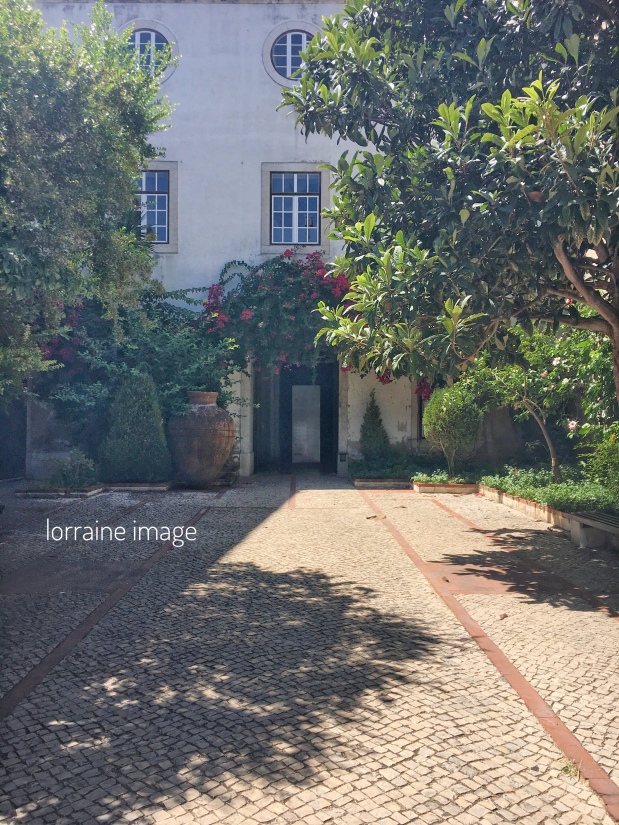For those who love azulejos (Portuguese tiles), Museu Nacional do Azulejo (National Tile Museum) is a must visit.

This museum houses an extensive collection of azulejos from the XV century to modern times.



Arabesque and checkered motives from XV – XVI century.

The tiles are not only shown on panels but they also cover the wall as you can also see on the streets everywhere in Portugal.
History of azulejos in Portugal is parallel with that in Spain. If I’m not mistaken this is one of the examples of majolica, glazed surface.

Besides the common checkered tiles which are applied everywhere, there are also tableaus of biblical scenes, some historical events or plants and flowers. This one is a depiction of Alexander the Great in Greece. 
The museum is located in the former convent of Madre Deus. There are some areas for praying, like this chapel.


Richly coloured flora and fauna panels. 
This one is the pièce de résistance, literally the highlight of the site. It is a long tableau of azulejos in meters long panel, made by several azulejos artists. It shows how Lisbon was before the fatal earthquake in 1755. You see the seven hills, some sites/buildings that had been destroyed. It is so interesting to see at the same time it gives you the idea about how devastating the disaster was. 
Fascinating to read the info that some of these tiles were produced in The Netherlands. In XVII the tile industry in Delft, The Netherlands was emerging, some Dutch artists took orders from Portugal. 
Tableau of Portuguese royals, made in The Netherlands.
This is colourful Lisbon on tiles, made by the contemporary Portuguese azulejos artist in the 1990es. What a contrast with the meters long masterpiece but this one is captivating as well. 
Starting from this point is the display of modern azulejos. This checkered golden tableau has brilliant structure. Imagine this being applied on the exterior of building on ordinary streets. That would be wicked!
Monochromatic forms and lines. Love them.
Frog prince?
One of my faves, displayed on the wall next to the stairs on the ground floor. Well, these are just white tiles but that ballerina is so expressive.
My husband candidly took this pic while I was watching a short docu about the tiles under this huge tableau. 
Visiting the national museum has brought me more and more respect to the craft. Salut to all those people who apply this on their work, preserve it and develop it.
I firstly fell in love with azulejos when I visited Estação de São Bento in Porto summer 2015. More azulejos are coming up in following posts, the Sintra palaces. Stay tuned!
Museu Nacional do Azulejo
Rua de Madre de Deus 4, Lisboa
Opens daily 10.00 – 18.00
Monday closed